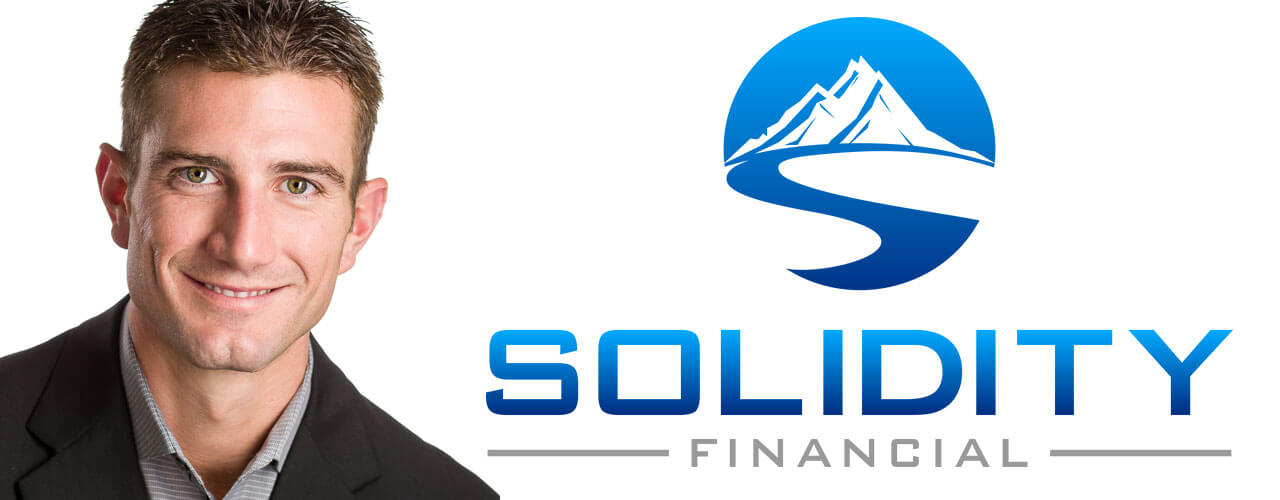Exit Planning Is Not a Transaction. It's a Plan.
Written by Kurt Theriault for C-Level Magazine November 2016
With an estimated 12 million businesses expected to change hands over the next 15 years, exit planning has become a buzzword and the business of such is booming.
The process of selling a business can be scary, intimidating and ambiguous. I recently sat with Ryan Tansom of Solidity Financial to learn more about his experience with the process, why he has chosen his life’s work to be about helping others realize their dreams through this process, and learn from some of his experiences along the way.
THERIAULT: What inspired you to get into this field?
TANSOM: My father and I sold the family business, Imaging Path, in 2014. He started the business in 1997 and I grew up in it. Seven years prior to selling, we received a letter of intent to buy. We ran the numbers and if we sold then, for that number, my father would have had to go back to work. The business was a $20 million business with about 100 employees. Learning the business wasn’t worth much was a real shock and disappointment for us.
THERIAULT: How does that happen?
TANSOM: It all goes back to how you run and do – or do not – grow the value of the business.
THERIAULT: What did you do?
TANSOM: My father wanted to retire well, so we didn’t sell. Rather, we went back to work determined to grow the value of the business. We involved ourselves in a peer group to learn what we had to learn to make this happen. We tightened the financials. We built out new divisions to diversify our revenue streams. We worked hard to get the right people into the right roles. We looked at mergers. We spent significant money working with investment bankers to see what an infusion of private equity money could do for us. We looked at everything that could help us strengthen the business.
THERIAULT: Then what happened?
TANSOM: A local competitor made a great offer. My father was ready to be done, so we were done. From that point on it was working with the details. We knew the questions that would be asked of us and where the value was in the business to a buyer. We didn’t use or have a need for an investment banker this time around. It’s a good practice to have an intermediary to take the emotion out of the transactions, but to be frank, we didn’t have any emotion left in the business. We were done in that way.
THERIAULT: You’ve parlayed that experience into a passion for others who find themselves in a similar position.
TANSOM: Correct. Many business owners have their wealth, or potential wealth, tied up in their business. Logically so. Wealth advisers and the lot can’t make any money on that, so there is a void of advice and guidance out there. Once you sell and there is some wealth, the phone rings off the hook.
After reflecting on our experience, it was obvious that no one is helping the business owner and over a period of time, do what we did out of survival. What I learned was we can help business owners by going in a period of time prior to the exit event and build the value of the business before that event – be it an out and out sale of the business or a long-term transition to a next generation.
THERIAULT: What do you focus on?
TANSOM: Three things. We help business owners understand what is involved in an exit plan, what the key drivers of your company’s value are, and how to harvest wealth for you throughout the process.
We want you to be able to sell your firm to whom you want, when you want, for how much you want. The key behind that is having a partner in the trenches with you. Our firm is the firm that I wish my father and I would have had during our transition.
THERIAULT: How is what you guys are doing different than everyone else that is pitching exit planning?
TANSOM: I find that most people in the exit planning business are dealing with the transaction itself. It’s how they all get paid. Few, if any, are helping the business owner look at the big picture.
THERIAULT: What is the biggest myth you see with the exit planning process?
TANSOM: That exiting your business is a transaction. It is much more than that. It requires a well thought out plan. It is a true business strategy. The biggest strategy business owners should be talking about is building transferable value.
THERIAULT: Say more about transferable value. Why is this critical?
TANSOM: If you have built a business, but now want to exit, that is your end. However, it is someone else’s beginning. The purchaser is buying a future stream of cash flow and pre-tax profit. If all of that profit is because of the owner’s work in the business, that’s a problem. The business is not transferable. Conversely, if the business can run without you, there is less risk associated with you, the owner, and someone else can buy those profits. That is value.
THERIAULT: When should one begin thinking about exit planning?
TANSOM: Today, there are a lot of reasons people start their own business. For many, their company is their passion and identity. That can be an issue, but it is an awesome issue. There is no reason you can’t have that and also be thinking about building a valuable and transferable business. You can have both. The key is to plan for it before you decide you are mentally done.
THERIAULT: Is there a common issue or surprise business owners experience when they go to sell their business?
TANSOM: Learning the actual value of their business is often a big surprise. It is often much less than they think or hope.
THERIAULT: Are there a couple of things business owners should immediately look at or get clear on now if they are just beginning the process?
TANSOM: Understand where you are at today. Recast your financials. Have an understanding of your true free cash flow. Get your financials to a spot where they are solid, true and reflective of reality.
Also, exit planning is not about selling your business today. It is about having a plan to do it, the way you want to do it, so you get what you want out of it, when you want it.
You can learn more about Ryan and Solidity Financial by following their blog at http://mysolidity.com/blog/
Article featured in C-Level Magazine November 2016


